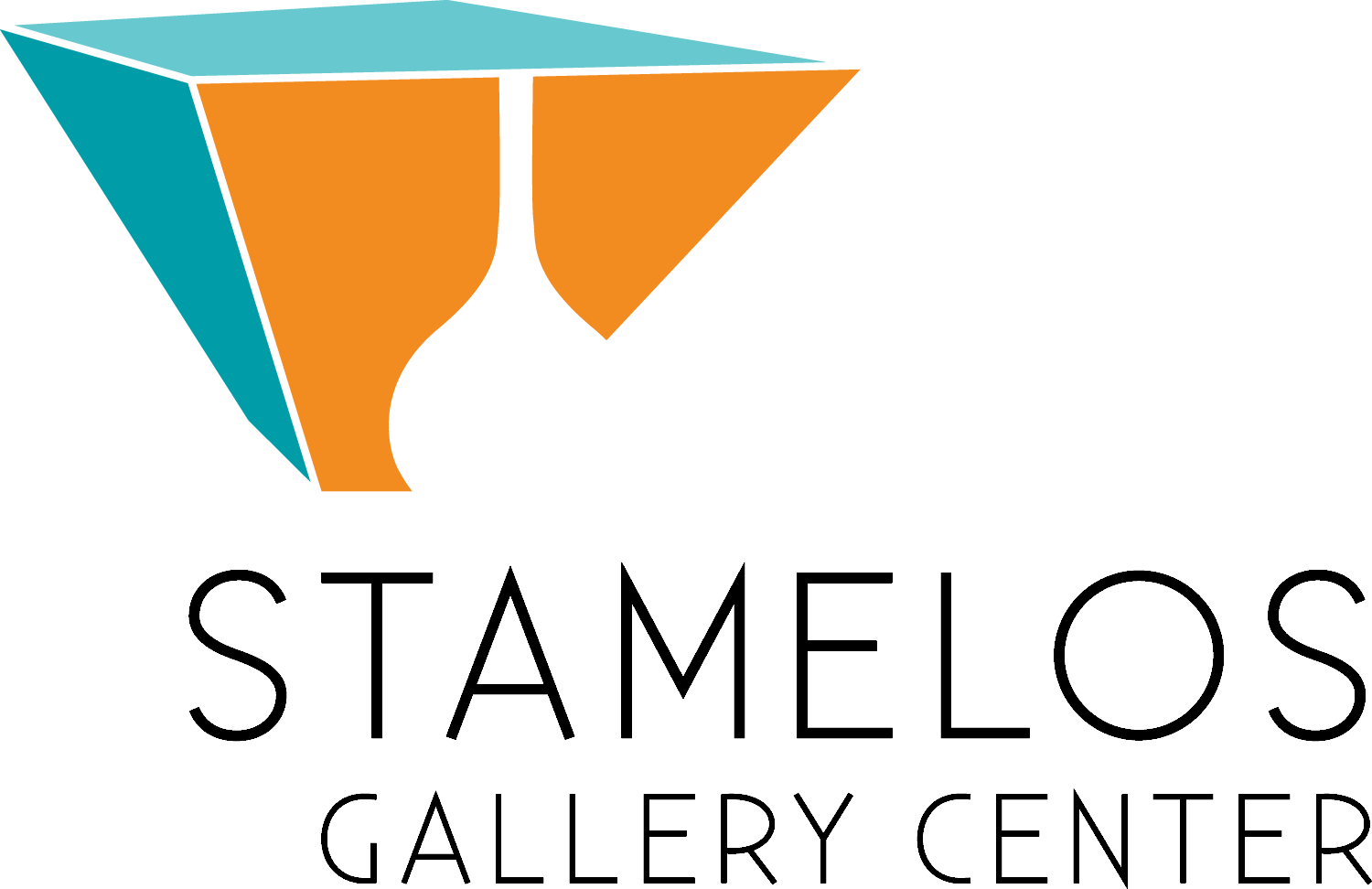

The University of Michigan-Dearborn Art Collection and Exhibitions Department has been greatly impacted by beloved friend and generous donor, Alfred Berkowitz, for many decades.
Before Al was born, his mother, Esther, and her Jewish family fled from Russia during the Bolshevic era (1918-1925) to France under sponsorship of the prominent Rothschild family.1 Due to the aid provided by the Rothschild’s his mother was able to successfully travel to the United States, escape Antisemitic persecutions, and begin life anew.2
Al was born unexpectedly alongside his twin sister, Bertha, while his parents were on vacation in Portland, Oregon in 1915.3 He was ultimately raised in Detroit,4 and he attended Northern High School5 and then earned his Registered Pharmacist (R. Ph.) license from the Detroit Institute of Technology in 1937.6 In 1941, Al enlisted in the army and served at bases in the Pacific and South Carolina.7 During his time stationed in Oklahoma, he managed a pharmacy at a military hospital dedicated to German prisoners of war during World War II.8 He then served in the active Reserves before retiring in 1975 at the rank of Warrant Officer IV completing a total of thirty-four years of military service.9

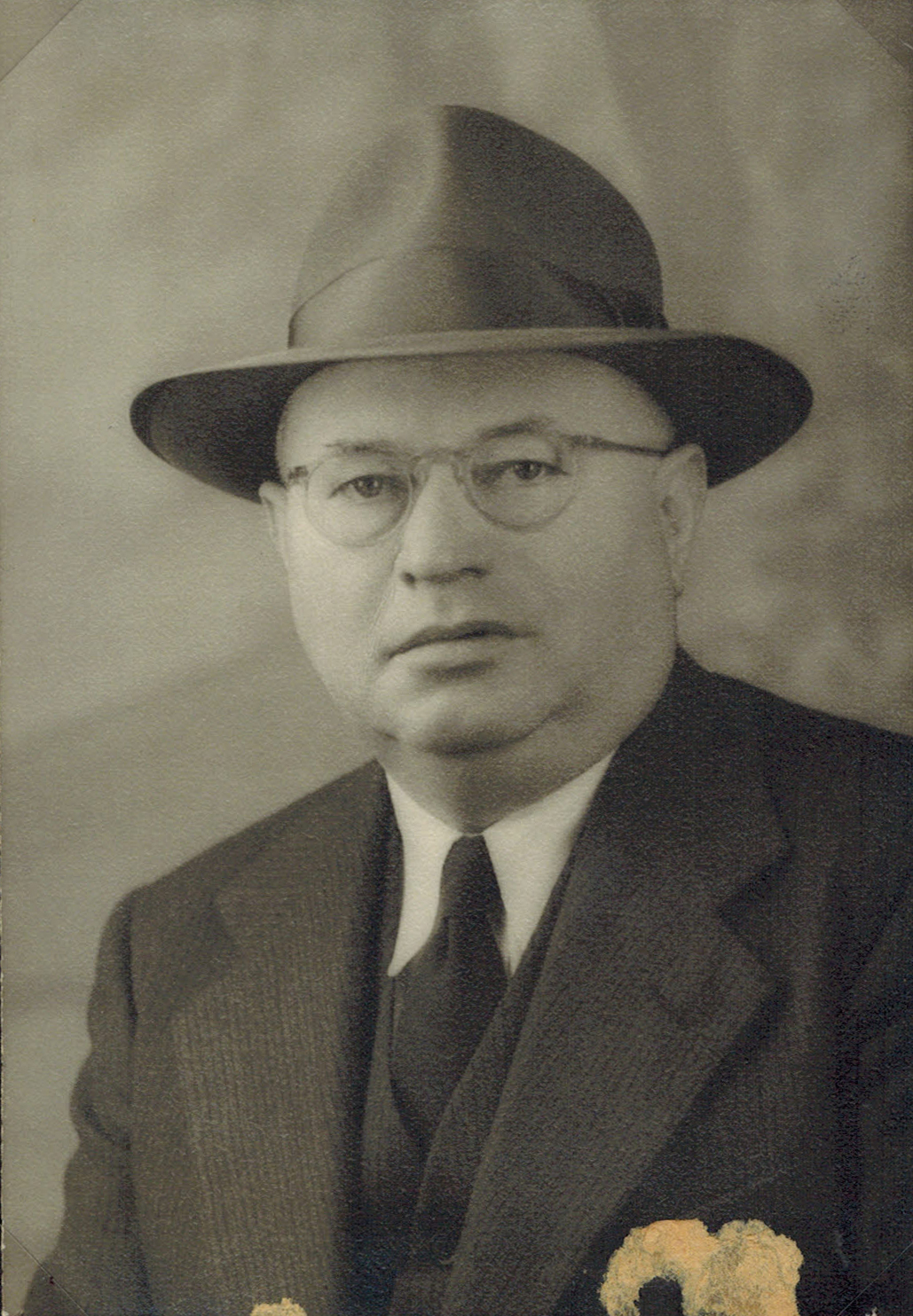
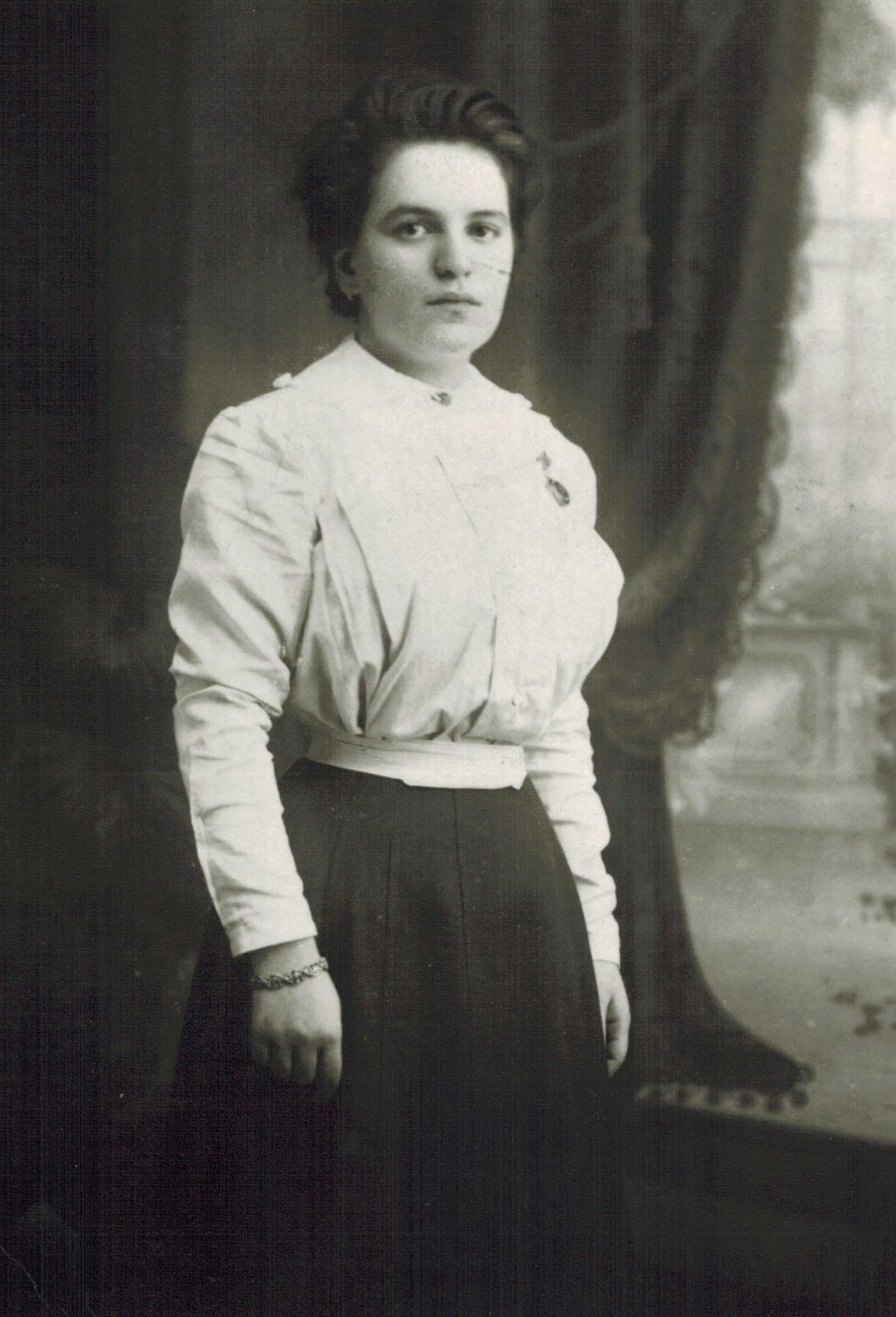

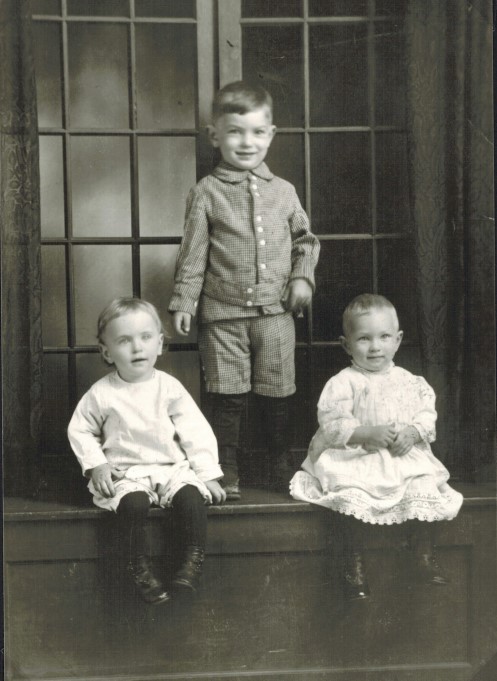
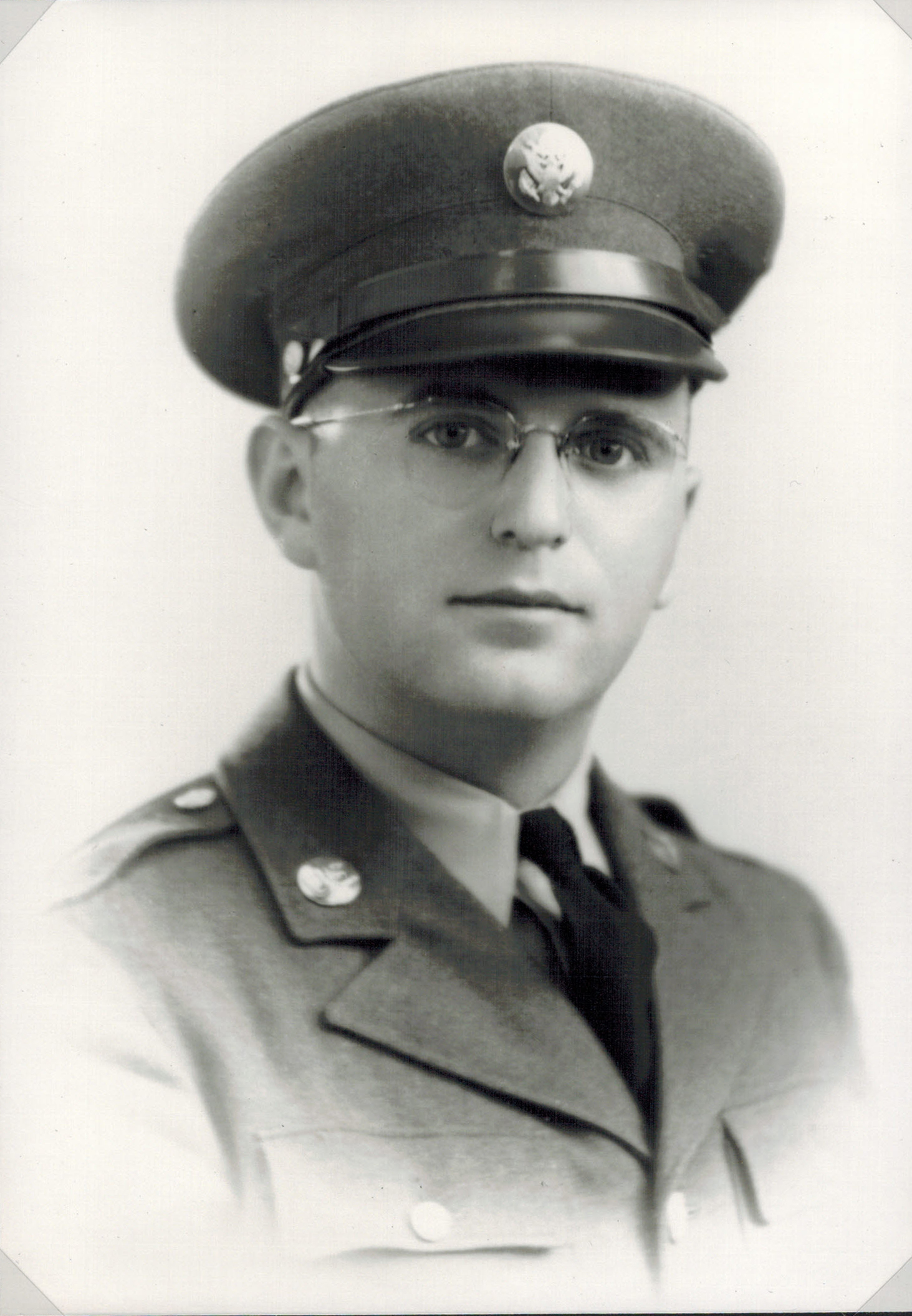

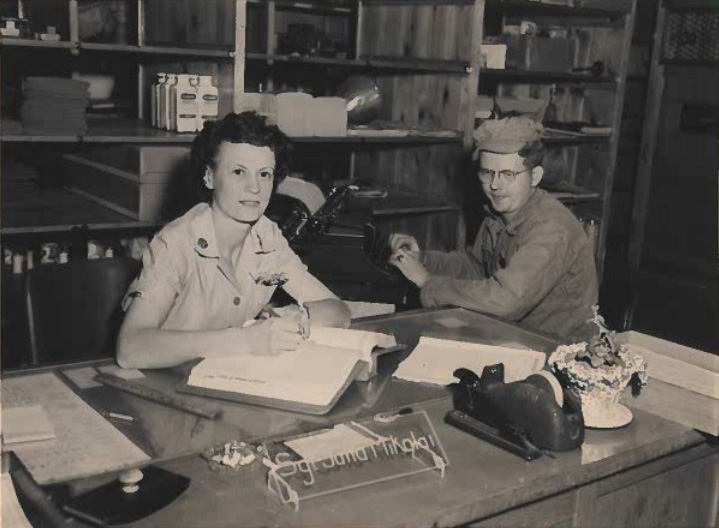
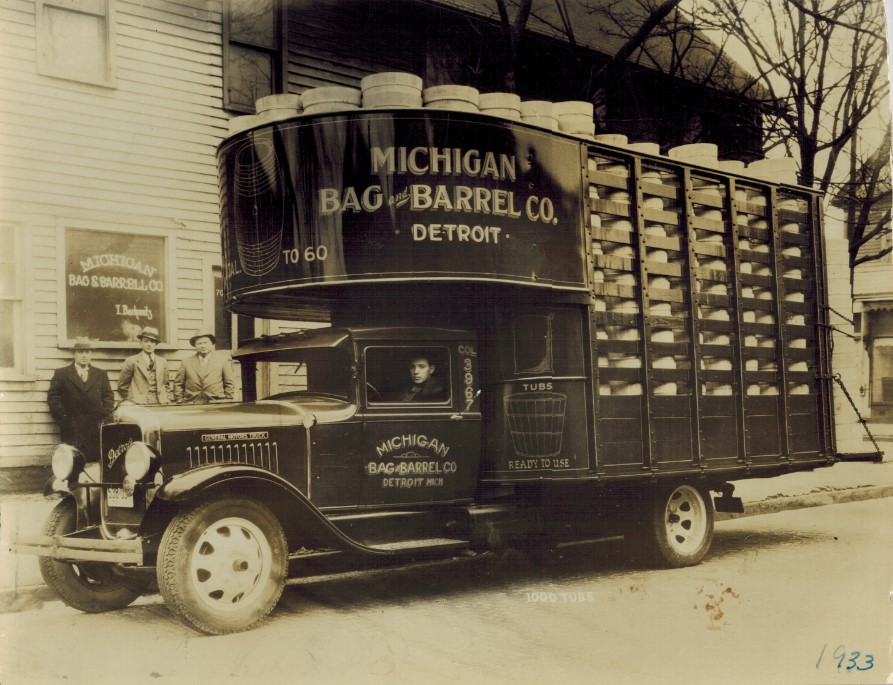
Although he kept his pharmaceutical license active for fifty years, Al did not exclusively dedicate his career to that industry.10 After serving in World War II, he worked alongside his father, Isador, and his older brother, Julius, at the family owned business, Michigan Bag and Barrel Company, in Detroit.11 In 1951 he started his own business, Enterprise Industrial Sales (later renamed Berkowitz Steel Co.), which sold manufacturing materials to automotive industry suppliers.12 His company also provided the steel used to construct the Lafayette Towers apartment buildings in downtown Detroit.13
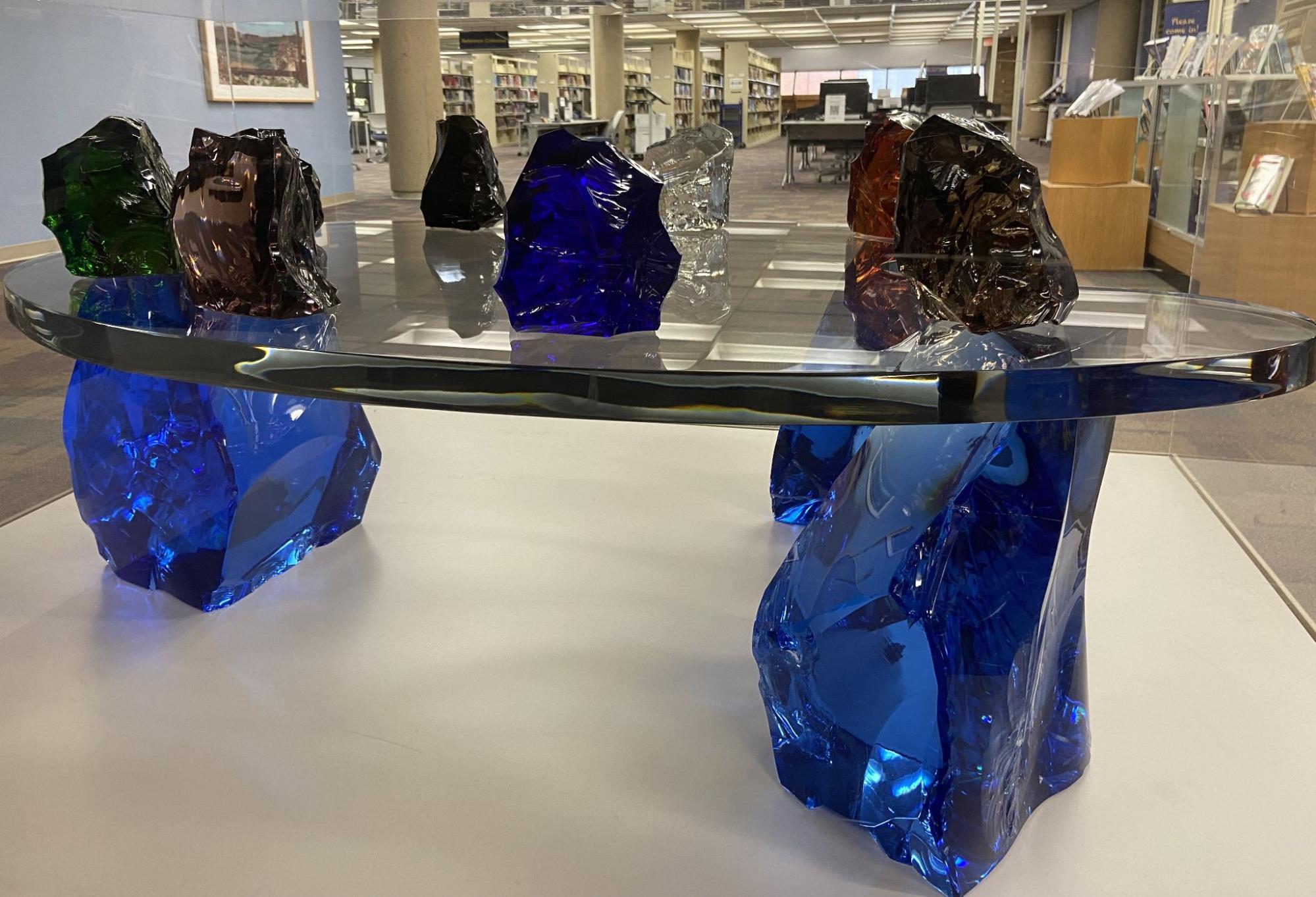
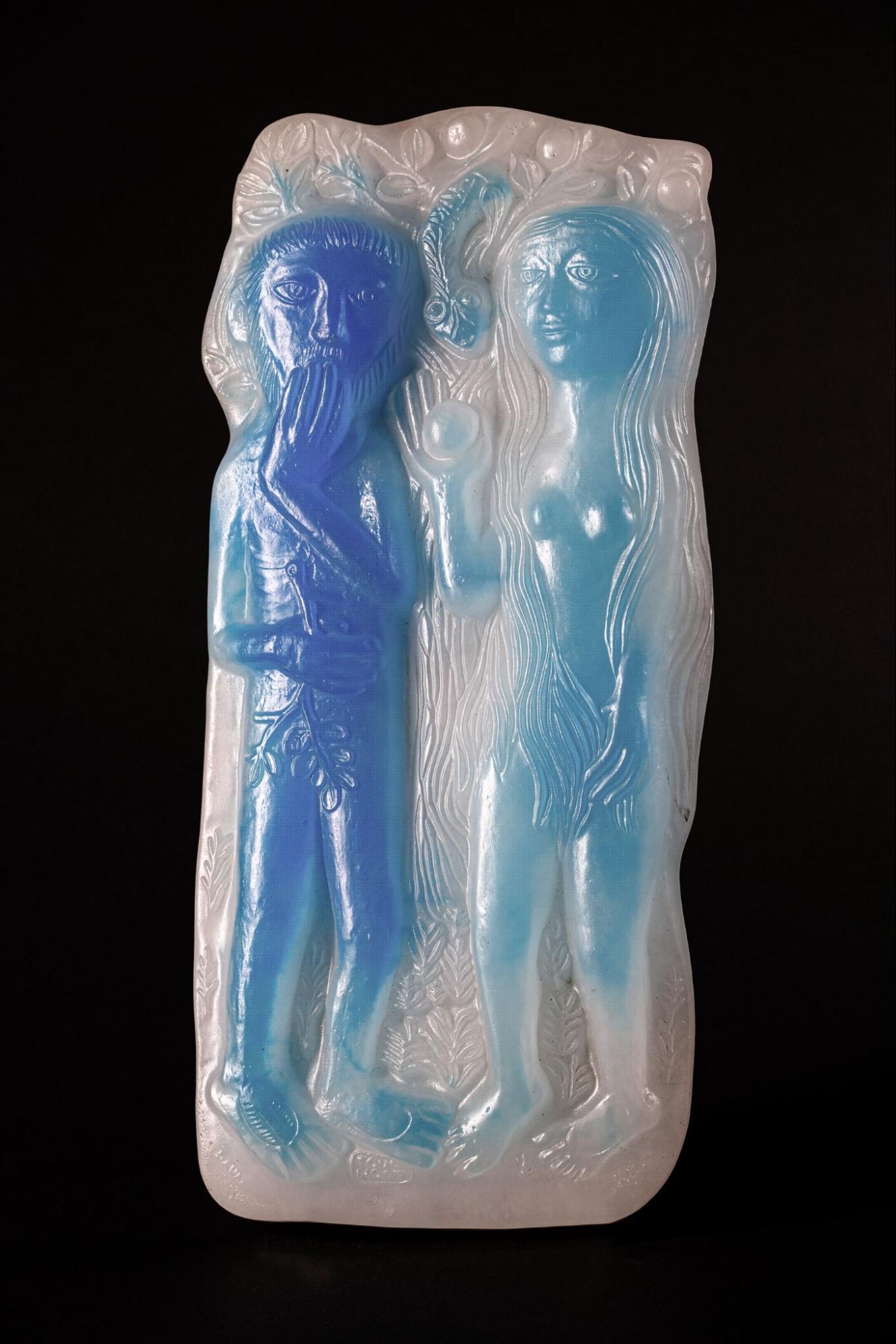
Apart from his vocation, Al was an admirer and an avid collector of Baccarat glass and many other artists. Baccarat Glasshouse was founded in 1765 in the small mountain-side town of Baccarat, France.14 The company’s glass has been esteemed as the world's finest luxury crystal for over two centuries.15 Al himself once declared that Baccarat glass “improved everything you drank.”16 He generously donated 420 pieces of Baccarat glass to UM-Dearborn’s permanent art collection, making the university one of the largest public holders of Baccarat glass in the United States.17
One of the most notable Baccarat pieces gifted by Al was created in 1989 and titled La Table Palette (The Palette Table). This stunning piece is currently on display in the Mardigian Library lobby. It is approximately three feet tall, four feet long, weighs 750 pounds, and is made entirely out of Baccarat glass.18 The table is a significant highlight of the university’s collection.
Including the Baccarat glass, the astonishing sum of Al’s donations to UM-Dearborn’s permanent art collection exceeds 1,400 objects. Several of the remarkable pieces included in this impressive gift were created by world renowned artists in collaboration with Daum. This crystal glass studio company was founded in Nancy, France in 1878 by Jean Daum (1825-1885).19 Daum is renowned for its unique Art Nouveau style, mastery of the ancient pate-de-verre technique, and many collaborations with more than 350 highly esteemed artists including Salvador Dalí in the 1960s and 70s.20 In total, Al gifted eighteen works by Dalí to the university. Among those, fifteen are glass sculptures.
Al’s favorite object that he contributed to the collection was a pate-de-verre, semi-relief sculpture representing Adam and Eve titled Paradis (Paradise) by Pierre Toulhaut and Daum.21
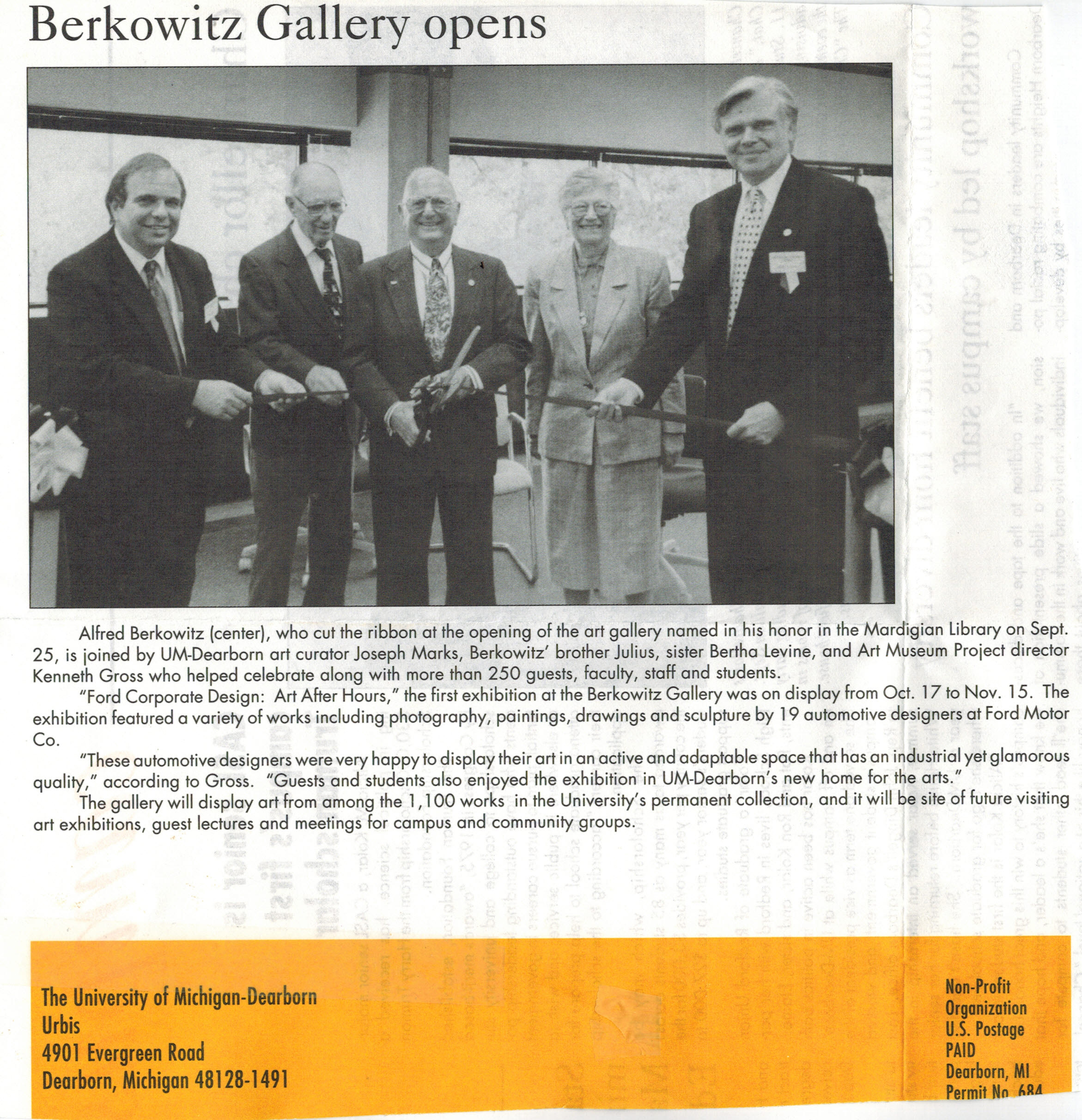
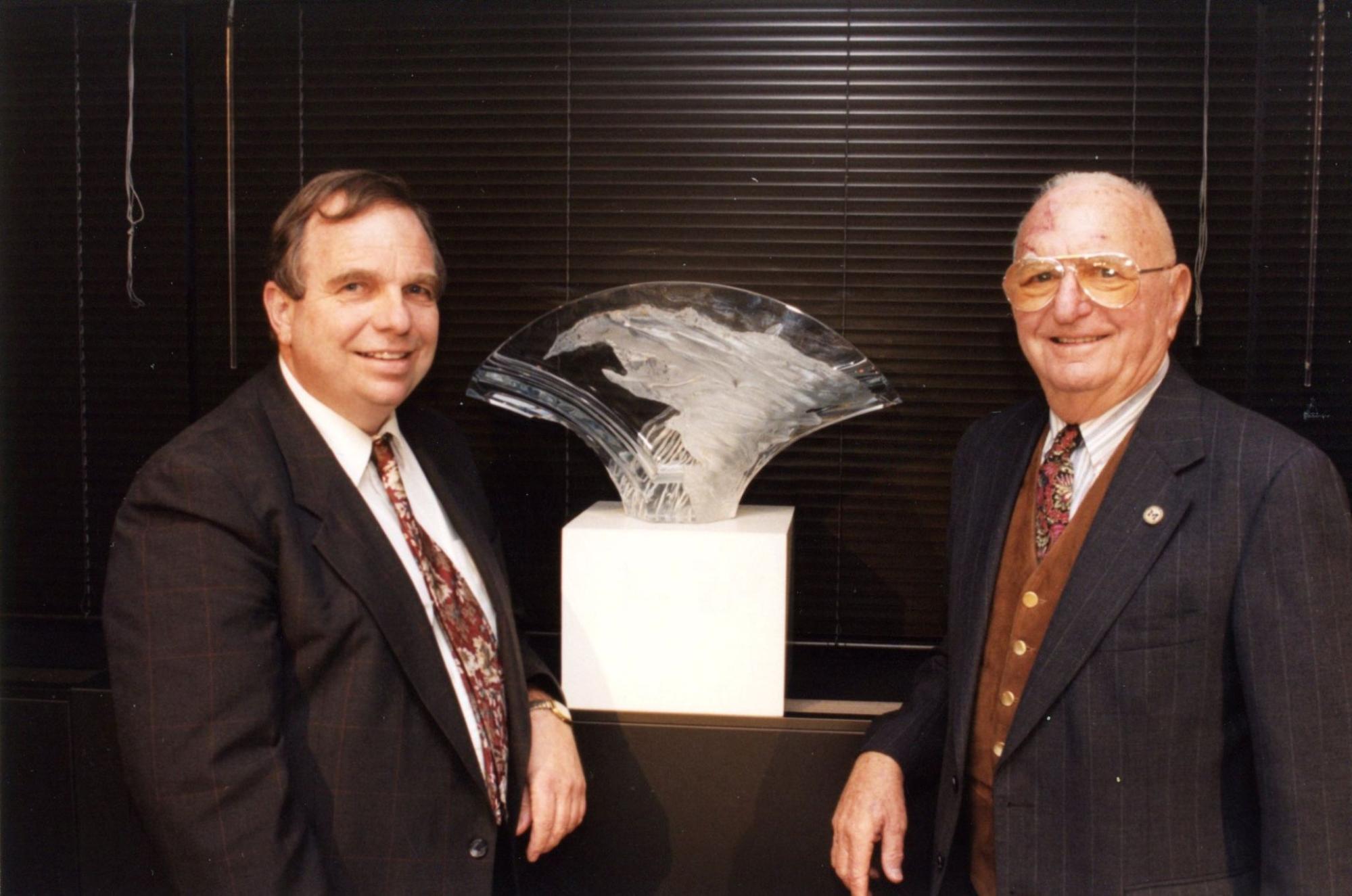
In honor of Al’s immense contributions to UM-Dearborn’s campus, the Alfred Berkowitz Gallery was opened in 1997 on the third floor of the Mardigian Library. The initial concept of the gallery was conceived by former Library Director Edward Wall. He believed “that students should be exposed to art in their daily lives.”22 When the library first opened in the 1980s, Wall began displaying art, hosting receptions, and curating exhibitions on the second floor of the building for the campus and greater community.23
Al had developed a sizeable art collection over many years. He supported Wall’s vision and made his first donation, his entire collection of Baccarat glass, around that time.24 Former curator, Joe Marks, was also an integral part of developing the art program and building the Berkowitz Gallery. Marks held the curator position for more than three decades, and he was a close friend of Al. He stated “Mr. Berkowitz was an impetuous buyer. When I visited him at his home, I saw those red Baccarat boxes [stacked] in his bathtub [...] There was barely space to walk.”25
During an interview conducted in 2024 with some of Al’s remaining family members, Al’s niece Faye reconfirmed this sentiment stating that when it came to Baccarat glass, “One is good, but twenty are better- that’s how he would shop.”
When asked about the origins of his art interests, Al’s great niece Aviva shared that no one truly knows for certain. But she went on to explain that “I know his parents had some means. I believe my great-grandfather worked in banking before the [Bag and Barrel] and my great- grandmother worked as a seamstress. I’ve seen pictures of them and my great-grandmother is in her fur coat. I don’t think you could afford to have such fine things and luxurious taste in the 1920s unless you were well off, so maybe he got his love and taste for things from his parents.”
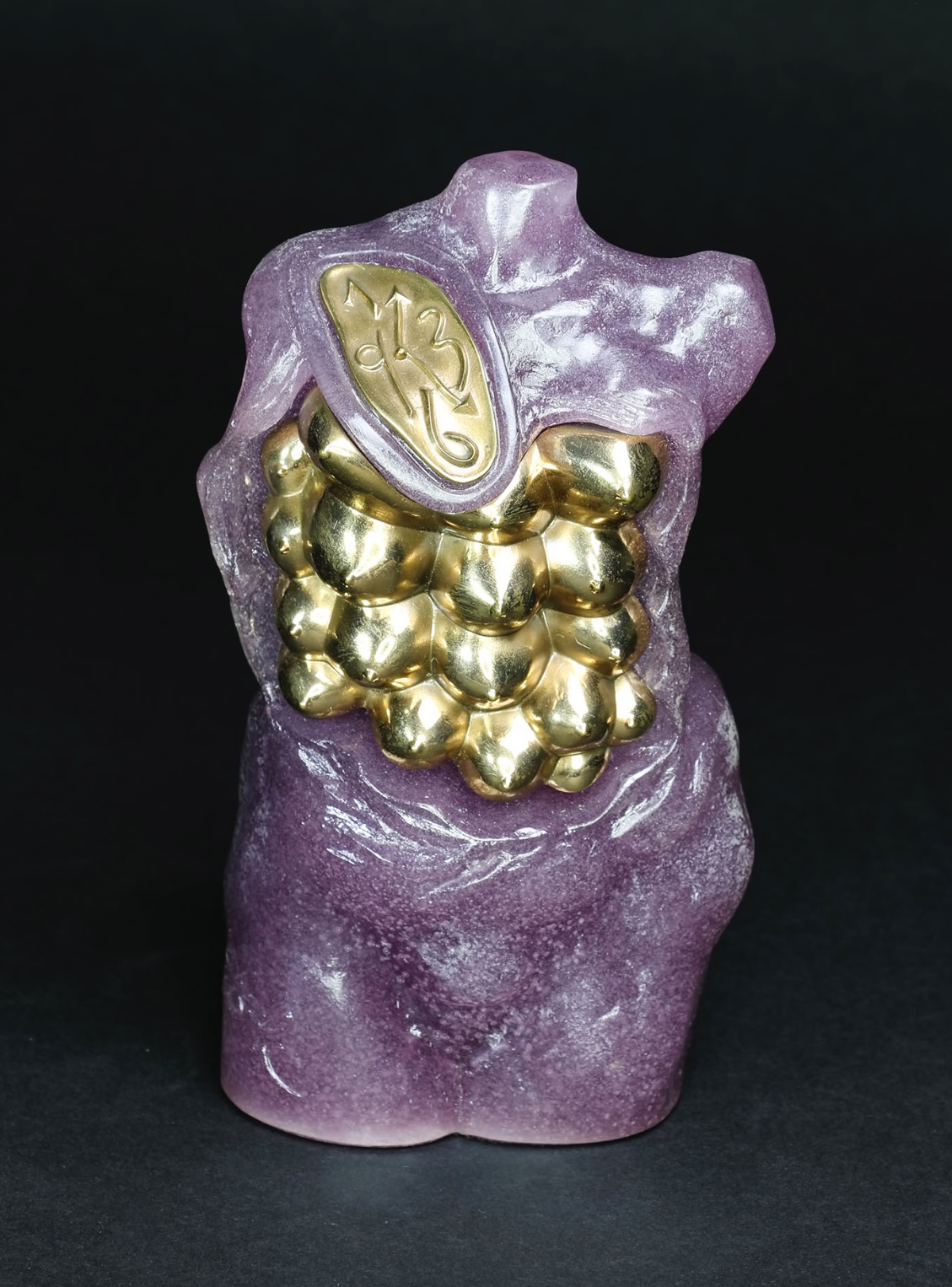


Ultimately, Al’s many contributions served as the inspiration for the university’s vision of its first art gallery, and therefore it was named in his honor.26
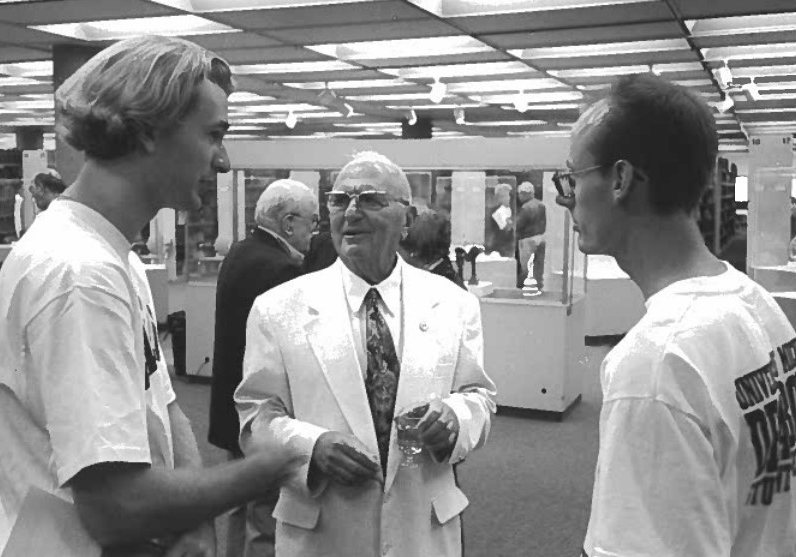
Al wished for the gallery to be used as an educational tool. He valued the importance of a higher education and being surrounded by art. 27 Al once proclaimed that “this is the only thing that no one can take away from you. That is why it is so important to support education.”28
Many of the beautiful art pieces that Al gifted are displayed across campus for visitors to admire. Although the Berkowitz Gallery had its last exhibition in 2019, its many years of existence greatly impacted students, faculty members, and community visitors through enriching exhibitions and dynamic educational programs.
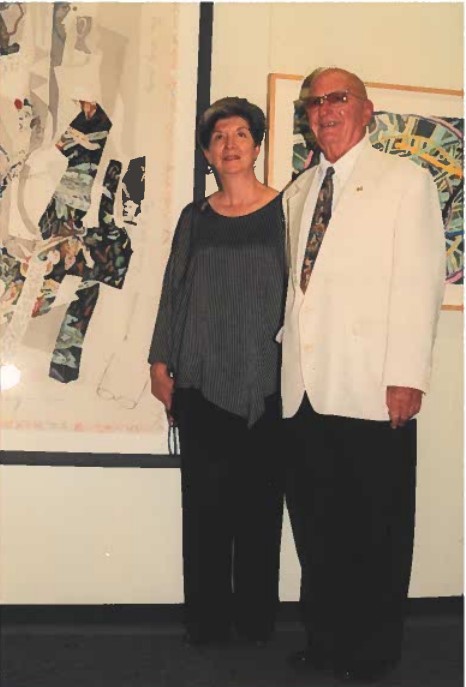
The former Berkowitz Gallery was converted in 2019 to the Graduate Student Collaboratory space where it is now utilized daily as a study location for graduate students. A widely varied offering of art exhibitions and programs have continued on at the current Stamelos Gallery Center. Al was said to have visited the gallery often to connect with students and admire art.29 In an article from 1990, Al stated, “I’m proud the University has this fine collection, especially when students connect to it in their own ways.”30 According to Marks, “What Al really enjoyed was walking around campus, meeting our students, observing campus life, and being included in the campus community.”31
In addition to his sizable gifts to the art collection and gallery, Al made many other generous contributions to UM-Dearborn including monetary donations. He was involved in supporting an endowed scholarship for students in the university’s honors program.32 His donations also supported UM-Dearborn’s Voice/Vision Holocaust Survivor Oral History Archive project,33 that serves as a repository of first-hand interviews from Holocaust survivors.34 Copies of these interviews reside in the United States Holocaust Memorial Museum in Washington D.C. and Yale University.35 The Archive has attracted scholarly inquiries form Australia and Munich.36
Furthermore, Al actively supported preservation efforts at the Henry Ford Estate, located on campus and operated under university ownership until 2011.37 In 1986 Al was presented with the university’s Distinguished Leadership Award that is given to individuals who have contributed a tremendous amount of service through their financial support and participation in campus life.38
Al was also generous in his local community. In addition to UM-Dearborn, he made a significant impact at Wayne State University. He established the Alfred Berkowitz Endowed Pharmacy Scholarship39 there and a student travel fund. Wayne awarded him an Honorary Doctorate of Humane Letters in 1996.40
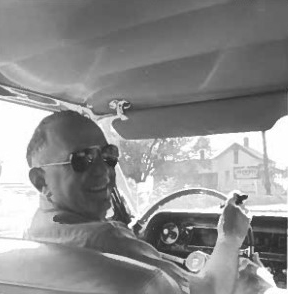
Moreover, Al had close connections with the Jewish community throughout the Metro-Detroit area. He established the Alfred Berkowitz Scholarship through the William Davidson Jewish College Loan Program that provides interest-free loans to Jewish students from across Michigan for post-secondary study at accredited institutions.41 Al also supported various inner-city synagogues42 including the Shir Shalom Synagogue that has an education wing named after him.43 In the mid 1970s, he donated shares of his steel company to the Allied Jewish Campaign, and he served as the vice president of the Isaac Agree Downtown Synagogue in Detroit for forty years.44
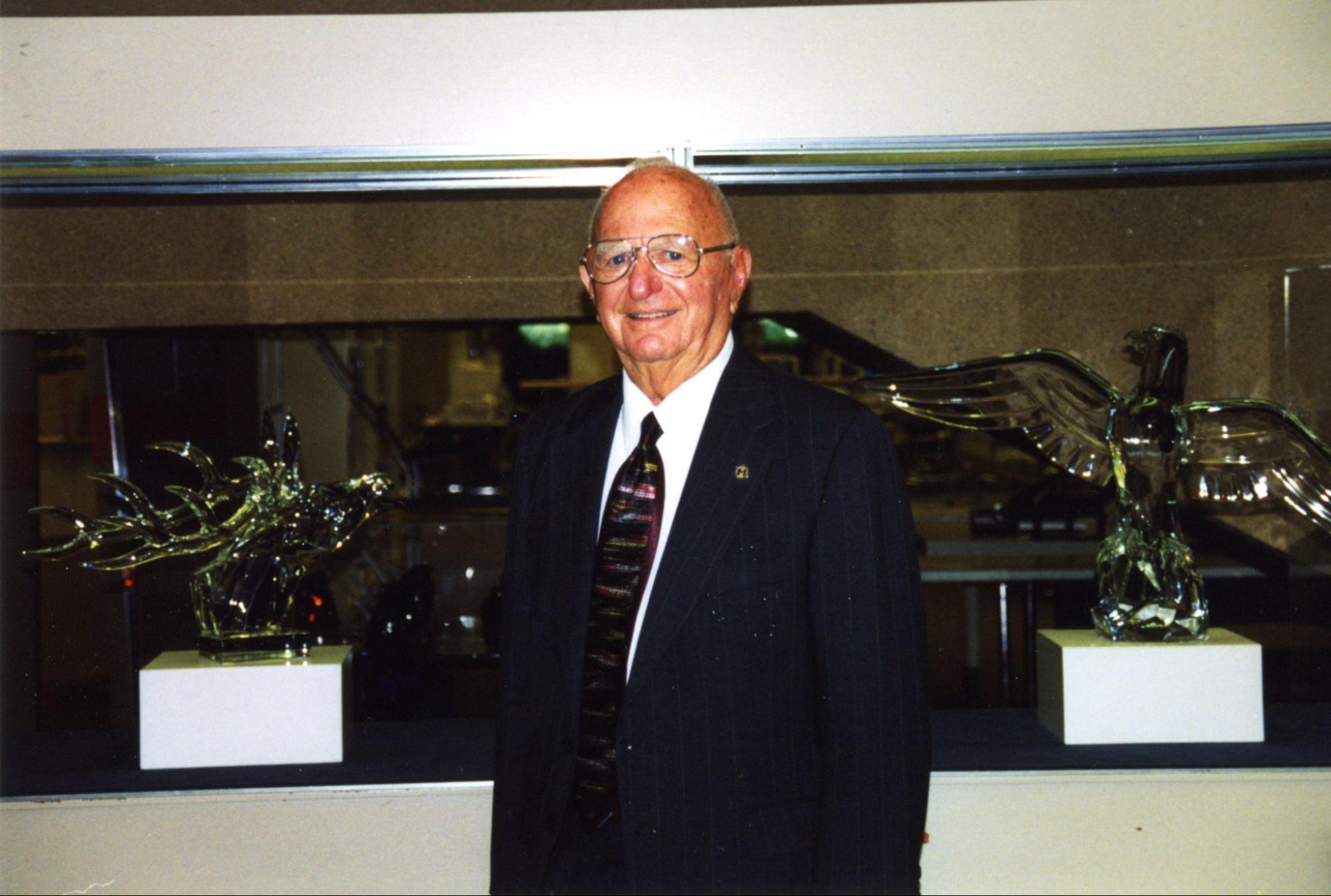

In addition to his local community, Al was exceedingly and unsurprisingly generous towards his family and friends. Al’s niece, Faye, recalled the extent of Al’s giving nature, explaining that “You never left his house without a gift. I took my friend there to meet him once, someone that he barely knew, and he gave her a bottle of French perfume. That’s uncle Al.” Faye also remembered another instance when unexpectedly, for no apparent reason or special occasion, “He once gave me gorgeous earrings- and I’m not talking about little diamonds, I’m talking about diamonds.” “He got pleasure out of giving,” his nephew Robert added.
Aviva believes that “an enigma” is a good way to describe Al, as no one may ever unveil or truly understand the nature of his intense generosity. However, Al’s willingness to give may have also been inherited from his parents as he once remarked that “When my mother came to Detroit and began working, the first money she accumulated went to repaying the Rothschilds. At a young age I learned the importance of returning what is given.”45
It is believed that Al tragically passed away in an automobile accident en route to hand deliver a letter of recommendation to an aspiring graduate student in 1999.46 Al is remembered for his kindness, unyielding generosity, philanthropy, and admiration for art. Through his many rare attributes, Al has had an invaluable impact on the UM-Dearborn campus and the greater Detroit community. He is dearly missed.
--- researched and written by:
Brooke Palomba, former Stamelos Gallery Center intern, UM-Dearborn art history graduate, Class of 2024
Makenna Russell, former Stamelos Gallery Center intern, UM-Dearborn double major history and art history graduate, Class of 2023
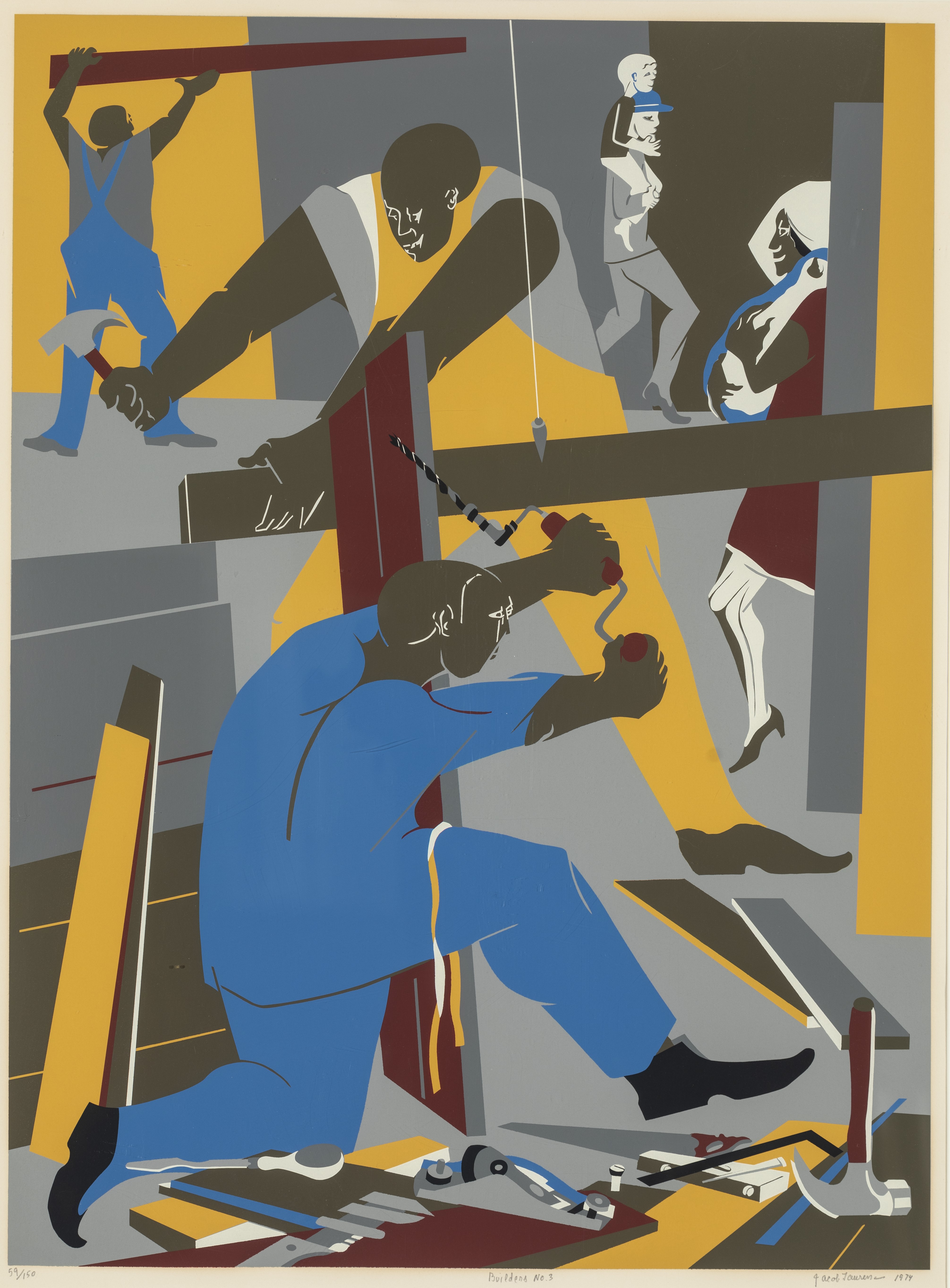
Jacob Lawrence (1917-2000), Serigraph print, 1974
Gift of Gilbert M. Frimet,
Collection of UM-Dearborn (1980.065)
Photographed by Tim Thayer
This powerful serigraph print from the permanent collection was created by Jacob Lawrence (1917-2000), one of this century's most widely acclaimed artists.
Lawrence was born in Atlantic City, New Jersey, but moved to Harlem, New York, at 13. He is among the few painters of his generation who grew up in a Black community, received instruction primarily from Black artists, and was influenced by the experiences of Black individuals.
Lawrence's artwork portrays the lives and struggles of the Black community, capturing their experiences through several series focused on figures such as Toussaint L'Ouverture, Frederick Douglass, and Harriet Tubman, as well as themes related to life in Harlem and the civil rights movement of the 1960s. His style is characterized by vibrant colors and abstract forms.
In the 1940s, during a time of widespread segregation, Lawrence broke racial barriers by becoming the first Black artist whose work was acquired by the Museum of Modern Art in New York City.
He stated, "If at times my productions do not express the conventionally beautiful, there is always an effort to express the universal beauty of man's continuous struggle to lift his social position and to add dimension to his spiritual being."
Researched and written by:
Julianna Collins, Stamelos Gallery Center former intern, UM-Dearborn art history/museum studies graduate, Class of 2025